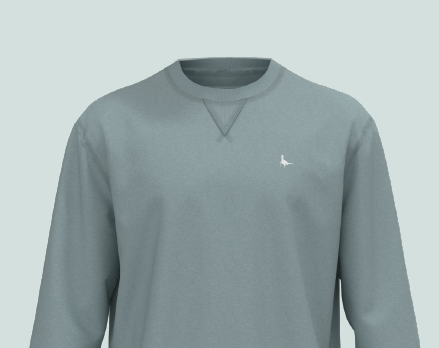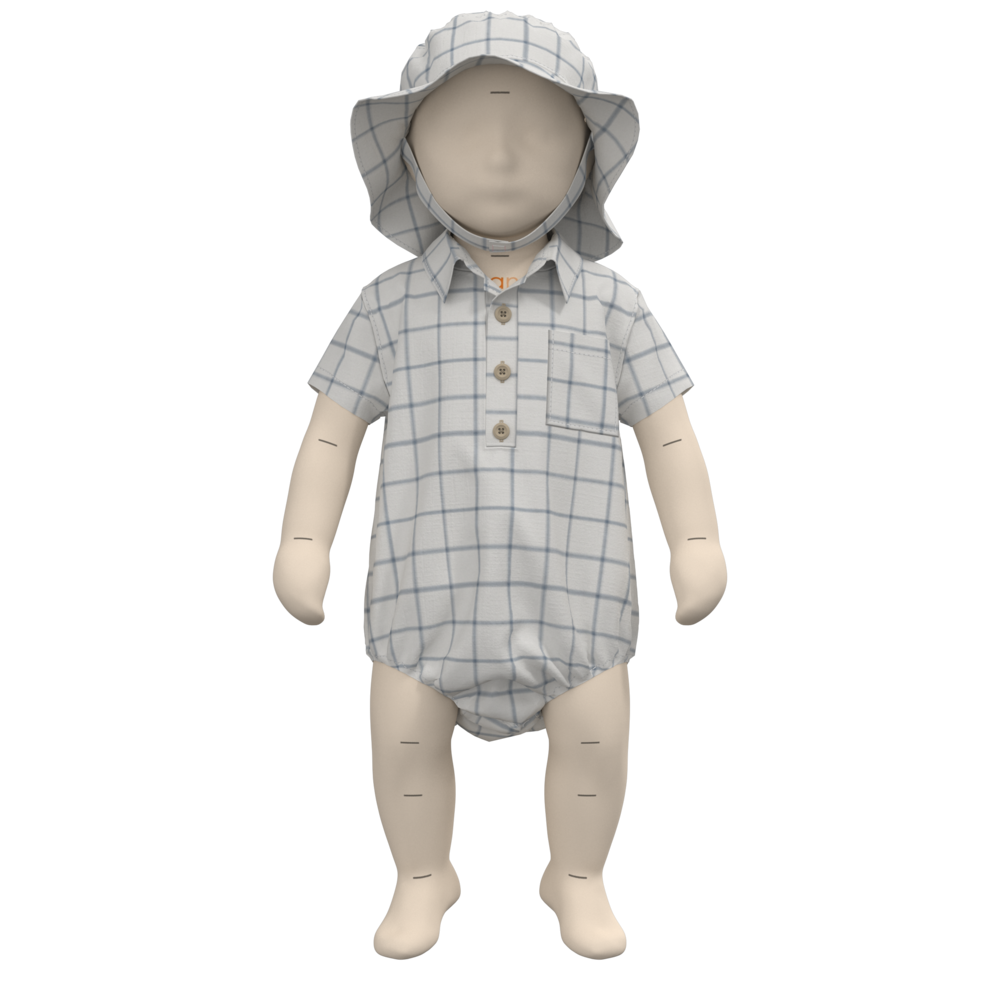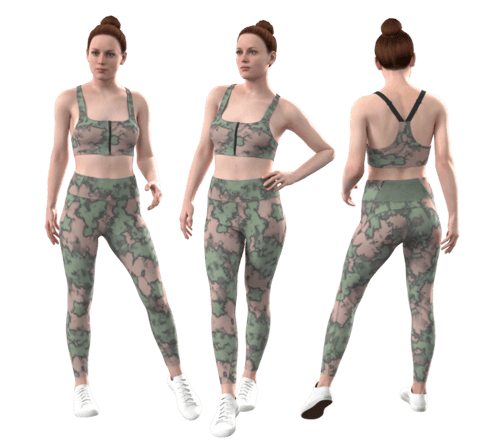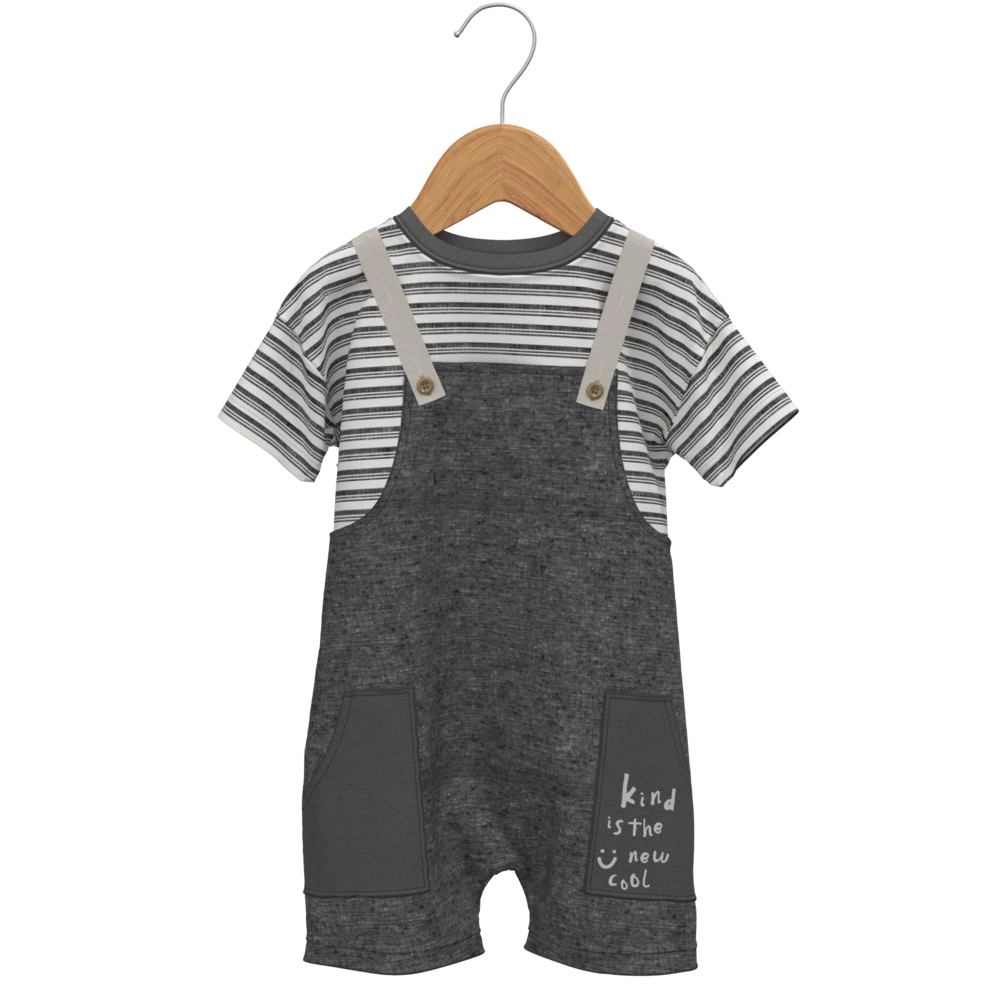Perry Ellis Smart-to-Market: 50% Fewer Samples, 100% Fit
Discover how Perry Ellis uses Browzwear’s 3D technology to enhance design efficiency, cut costs, and innovate with a smart-to-market approach.
September 4, 2021

 About the Company
About the CompanyFounded in 2010, Norlanka is a leading apparel manufacturer and supplier for international fashion brands from high-street fashion to high-end retailers, designing and delivering a variety of clothing including menswear, womenswear, children’s, and babies clothing. The company works closely with over 40 manufacturers across Sri Lanka including one of its own manufacturing facilities, promoting technology and innovation, with a strong focus on product quality, environmental sustainability, and ethical values.

As a company that advocates for both smarter and greener business practices across the apparel industry, Norlanka’s vision was driven by its CEO, GS Periwal who was eager to adopt a solution that would enable them to work faster and more collaboratively as well cut back on its non-value added activities with a view of being agile on execution. Not only does Norlanka cover the manufacturing and supply side of the apparel value chain, but it also offers a design service with tech pack production, therefore, ensuring a fluid and efficient design process is key for the product development and design teams at Norlanka. To get underway with 3D adoption and embark on its digital journey, the company decided to adopt Browzwear’s digital design solution VStitcher, with Head of Product Development Kidswear, Ellie Kilbey , and 3D Manager, Dhanushka Ranasinghe leading the process. “After seeing the technology and potential that 3D garment creation brought to the table, we were eager to get started on our digital journey with Browzwear’s solution along with our digital champions driving us forward,” says Norlanka’s Head of Technical Services, Malik Jeffrey .
 To begin the process, Dhanushka and Ellie focused on achieving first time right samples by creating and showcasing styles using virtual samples created in VStitcher. “ Prior to 3D, getting that first sample right often involved a lot of back and forth, which was, of course, time-consuming, and costly, especially when shipping samples overseas,” says Ellie. “ By incorporating VStitcher into the early sampling process, we could ensure that the proportions of the garments were correct before producing a physical sample, showcase the garment to customers digitally with multiple options, and implement feedback instantly. This would ultimately enable us to reduce the number of physical samples needed and make our customers’ lives easier by providing a spot-on product,” she adds. As Ellie and Dhanushka began to onboard more of their personnel to 3D as well as approach customers with the concept, they looked to leverage the tool internally and gradually integrate it into their standard operations. That way, both internal and external stakeholders would have the ability to communicate over digital samples. Although some customers were more receptive to the idea of bringing 3D into the workflows, as the team at Norlanka started to use it as part of their internal process it soon became second nature and the in-house teams were quickly able to see the benefits. Alongside VStitcher, the company also acquired Browzwear’s Fabric Analyzer, allowing Dhanushka and Ellie to determine all of the physical properties of the fabrics they were using to create true-to-life 3D simulations. That way, they were able to account for the drape, stretch, and bend of each fabric or pattern piece as they constructed the garments digitally.
To begin the process, Dhanushka and Ellie focused on achieving first time right samples by creating and showcasing styles using virtual samples created in VStitcher. “ Prior to 3D, getting that first sample right often involved a lot of back and forth, which was, of course, time-consuming, and costly, especially when shipping samples overseas,” says Ellie. “ By incorporating VStitcher into the early sampling process, we could ensure that the proportions of the garments were correct before producing a physical sample, showcase the garment to customers digitally with multiple options, and implement feedback instantly. This would ultimately enable us to reduce the number of physical samples needed and make our customers’ lives easier by providing a spot-on product,” she adds. As Ellie and Dhanushka began to onboard more of their personnel to 3D as well as approach customers with the concept, they looked to leverage the tool internally and gradually integrate it into their standard operations. That way, both internal and external stakeholders would have the ability to communicate over digital samples. Although some customers were more receptive to the idea of bringing 3D into the workflows, as the team at Norlanka started to use it as part of their internal process it soon became second nature and the in-house teams were quickly able to see the benefits. Alongside VStitcher, the company also acquired Browzwear’s Fabric Analyzer, allowing Dhanushka and Ellie to determine all of the physical properties of the fabrics they were using to create true-to-life 3D simulations. That way, they were able to account for the drape, stretch, and bend of each fabric or pattern piece as they constructed the garments digitally.

When the pandemic hit in 2020, the entire world changed, forcing many to step out of their comfort zones in order to remain as close to business as usual. Those who had initially shied away from 3D were amazed by its capabilities, especially during times where physical resources were scarce and overseas travel was prohibited . “As we adapted to the new normal, our customers were able to experience the benefits of 3D firsthand,” says Malik. “We were fortunate enough to have embraced technology prior to the pandemic, which enabled us to get ahead of the game and be prepared to tackle unforeseen challenges. We knew that 3D was the future of fashion, yet now we are seeing that it has in fact become a reality, shifting from a nice to have, to a necessity.”
As the teams at Norlanka returned to their offices, they began moving 3D across the development path, bringing more employees and customers on board. “3D is an essential tool, especially from a technical perspective, and although our customers are all at different stages in terms of leveraging it, we have already been able to place orders based solely on 3D, without the need for physical prototypes,” says Malik. This enables Norlanka’s customers to ultimately get their products to market at a much faster rate, considering the time saved on the process from creation and design through to production. “First-time right sampling has become the norm and we rarely have to remake samples due to fit, proportion or styling issues. This has also meant that we have increased our hit rate from physical samples to orders by over 20% and the fitting process has become much easier,” adds Ellie.
As more team members familiarize themselves with the concept of 3D apparel, it is no longer limited to those who can leverage the software but is used as a review tool between designers and technical managers, as well as across departments. By utilizing Browzwear’s showcasing platform, Stylezone, different departments can effectively collaborate over collections, and provide feedback as and when needed. “With Stylezone, we can present styles to customers and show them exactly how the garment will fit. For instance, utilizing tension maps for tight-fitting garments, and drape visualization for looser styles, so the customer can see exactly how the fabrics fall over the body,” says Dhanushka.
 This enabled the teams to significantly shorten sample lead times, which was particularly useful for their customers who run on the fashion industry’s tight schedule. “Reviewing collections digitally is as straightforward as reading an email and is particularly useful when it comes to managing timelines and hitting deadlines. When samples are right the first time around, they are delivered on time, enabling us to drive our KPIs, ” says Malik. In addition, having a digital sample enables fast turnaround for following collections as Ellie notes, “We are also able to adjust the garments used for presentations and repurpose them as carryover styles for future collections. ”
This enabled the teams to significantly shorten sample lead times, which was particularly useful for their customers who run on the fashion industry’s tight schedule. “Reviewing collections digitally is as straightforward as reading an email and is particularly useful when it comes to managing timelines and hitting deadlines. When samples are right the first time around, they are delivered on time, enabling us to drive our KPIs, ” says Malik. In addition, having a digital sample enables fast turnaround for following collections as Ellie notes, “We are also able to adjust the garments used for presentations and repurpose them as carryover styles for future collections. ”
With the initial successes of 3D implementation for Norlanka, Dhanushka and Ellie are ready to combine their acquired knowledge to take things up a notch and continue driving it across the organization, training more team members in VStitcher as well as broadening their existing skillset with aspects such as grading, utilizing additional 3D assets, and perfecting heavy wash appearances. “ 3D is a tool that enables you as an apparel professional and the organization itself to grow, and it’s something that should be embedded in the culture of an organization in order for everyone involved to realize the benefits,” says Dhanushka. “ As we look towards the future, we hope to encourage more industry players to open their doors to 3D, and join us in driving the industry forward,” adds Malik.

An increased hit rate of 20% in comparison to physical samples

A faster and easier fitting process

First-time right sampling has become the norm

The ability to showcase collections digitally

Order sign off based on virtual samples
“First-time right sampling has become the norm and we rarely have to remake samples due to fit, proportion or styling issues. This has also meant that we have increased our hit rate from physical samples to orders by over 20% and the fitting process has become much easier. ”

“Reviewing collections digitally is as straightforward as reading an email and is particularly useful when it comes to managing timelines and hitting deadlines. When samples are right the first time around, they are delivered on time, enabling us to drive our KPIs.”

“3D is a tool that enables you as an apparel professional and the organization itself to grow, and it’s something that should be embedded in the culture of an organization in order for everyone involved to realize the benefits.”

Discover how Perry Ellis uses Browzwear’s 3D technology to enhance design efficiency, cut costs, and innovate with a smart-to-market approach.
Discover how Top Form reduced samples by 30% and cut development time by 25% using Browzwear’s 3D apparel design software. Learn how digital product...
Tendam leverages Browzwear's 3D tech to boost speed-to-market, enhance creativity, and reduce waste across its fashion brands.